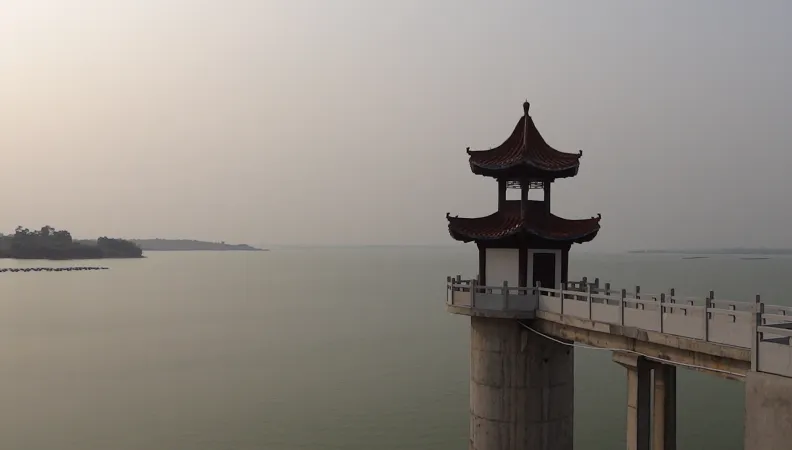Share the page
Developing hydropower in rural areas in Xiangyang
Project


-
Project start date
-
Status
Completed
-
Project end date
-
-
AFD financing amount
-
€ 21000000
-
Country and region
-
Location
-
Xiangyang
-
Type of financing
-
Beneficiaries
-
Xiangyang local authorities
This project had two objectives: contribute to curbing China’s greenhouse gas emissions by generating clean, sustainable energy and supporting the promotion of renewable energies in rural areas.
Context
In 2010, hydropower was by far the main renewable energy in China and still had significant development potential. It was therefore central to the government’s objective to increase the share of clean energies in China’s energy mix to 15% by 2020.
At the request of the Chinese authorities, AFD decided to support a structured program for small-scale hydropower in rural parts of one of China’s largest irrigation areas: Xiangyang-Yindan. This area is irrigated via the diversion of water from the Danjiangkou Reservoir (Xiangyang Municipality) in Hubei Province, in Central China.
Description
The program was intended to optimize the region’s overall hydropower potential, particularly for irrigation channels in agriculture. The goal was to diversify the province’s energy mix.
It comprised a consistent set of nine small-scale power plants, seven to be rehabilitated and two to be built. As it is run-of-river infrastructure, there was no need to build a dam or reservoir.
The implementation was managed by the Yindan Irrigation Area Engineering Management Bureau. The construction work lasted two years.
Major rehabilitation work was conducted to reduce energy efficiency losses on the outdated facilities, which were built in the 1970s.
Impacts
-
The project has tripled the total installed capacity, thanks to the installation of an additional 16.7 MW;
-
It avoids the annual emission of 70,000 tons of CO2, which can be valued on the carbon market;
-
Given the nature of the investments (rehabilitation and optimization), the project was exemplary in limiting environmental and social risks.


